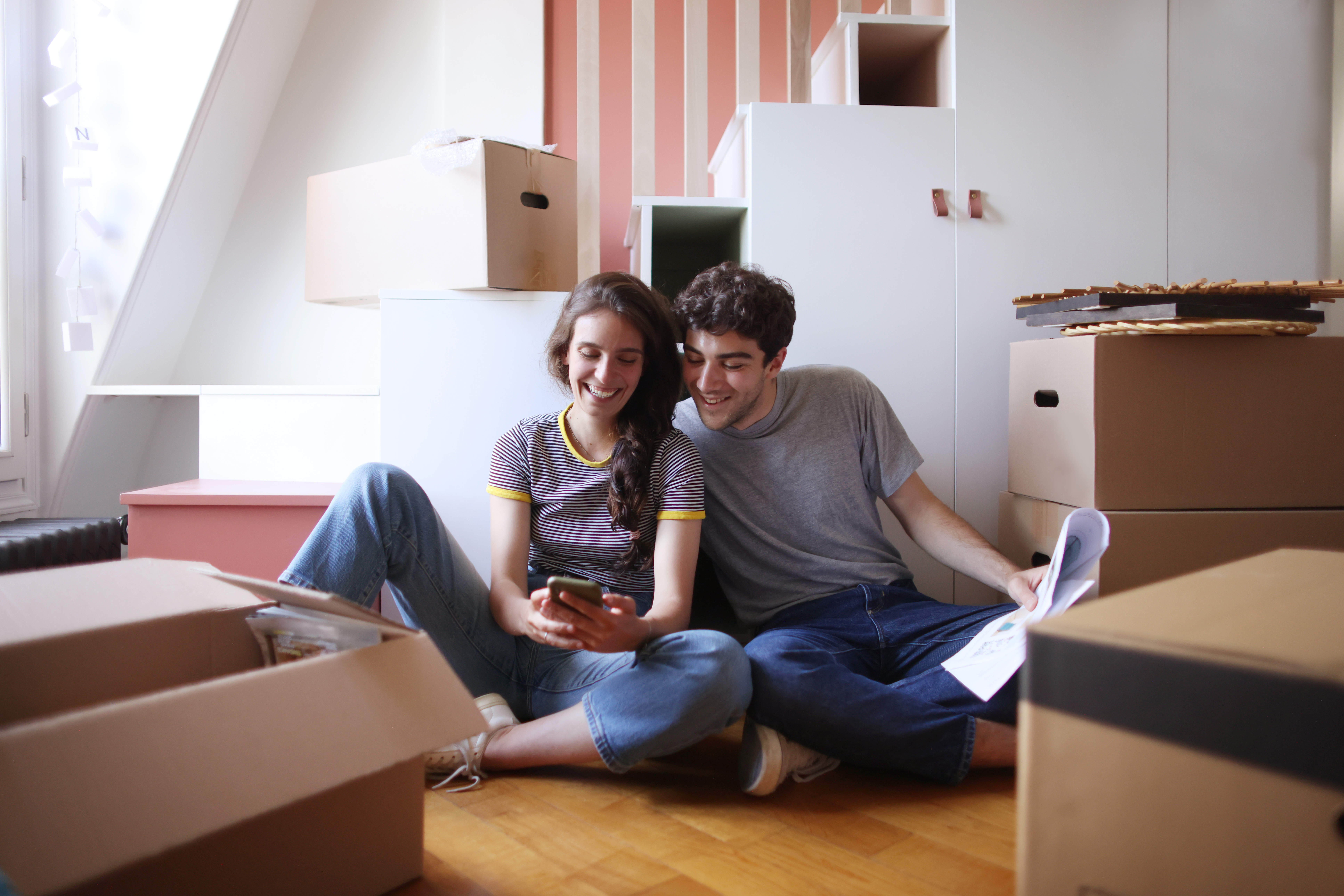Health & Science
Are we missing most cases of autism?; The Neanderthals’ early demise; Americans’ weight delusions; Moms of twins live longer
Are we missing most cases of autism?
Two thirds of children with autism may be going undiagnosed and untreated. An exhaustive new study has found that as many as one in 38 school-age children has the disorder, almost three times the rate of one in 110 estimated by the Centers for Disease Control and Prevention. “They have been there all along. We just didn’t count them,” study author Young-Shin Kim, a Yale University psychiatrist, tells CNN.com. Kim and her colleagues painstakingly screened more than 55,000 students between the ages of 7 and 12 in a community near Seoul, using a widely accepted questionnaire for diagnosing autism spectrum disorders. They found some degree of autism in 2.6 percent of the children; since even milder forms of the disorder result in impaired social skills, undiagnosed kids often suffer ostracism, bullying, and isolation. Kim says screening all children in the U.S. would almost certainly reveal similar rates. “If we look hard enough, cases will be found,” says Kim’s co-author, anthropologist Roy Richard Grinker, especially among poor, minority, and female students. “These children need treatment so they can thrive.”
The Neanderthals’ early demise
The Week
Escape your echo chamber. Get the facts behind the news, plus analysis from multiple perspectives.

Sign up for The Week's Free Newsletters
From our morning news briefing to a weekly Good News Newsletter, get the best of The Week delivered directly to your inbox.
From our morning news briefing to a weekly Good News Newsletter, get the best of The Week delivered directly to your inbox.
New research undercuts the tantalizing idea that our ancestors coexisted alongside Neanderthals in Europe for as many as 10,000 years, suggesting instead that the arrival of Homo sapiens caused their extinction. Using an improved method of fossil dating, British and Irish researchers have found that heavy-boned Neanderthals, who flourished in Ice Age Europe, died out some 40,000 years ago, around the same time the first modern humans arrived from Africa. Previous studies suggesting millennia of coexistence are “probably just wrong,” lead author Ron Pinhasi, an archaeologist at Ireland’s University College Cork, tells Science. The Neanderthals’ rapid disappearance once Homo sapiens arrived is almost certainly no coincidence, researchers say. “Modern humans were technologically and intellectually far superior to the Neanderthals,” says Richard Klein, a paleoanthropologist at Stanford University, “allowing them to spread very rapidly and to precipitate the extinction of the Neanderthals almost immediately on contact.” All modern people with European or Asian ancestry carry a tiny percentage of Neanderthal DNA, indicating that the two species interbred at some point. But researchers now think that mixing occurred nearly 100,000 years ago in the Near East, long before a small tribe of humans with those genetic markers moved into Europe and Asia.
Americans’ weight delusions
Americans today are heavier than ever, but they’re less concerned about their weight—largely because they see so many other overweight people around them. A recent survey by the International Food Information Council Foundation shows that only 8 percent of Americans believe they’re obese, even though 34 percent of them actually are. The “normalization” of larger body sizes “is a somewhat ominous trend,” David L. Katz, founding director of the Yale University Prevention Research Center, tells WebMD.com. “We might like to be okay at any size, but the simple fact of the matter is that we’re not.” Katz says that while most people are aware that obesity causes diabetes, heart disease, and cancer, many overweight people may simply be tired of trying—and failing—to lose weight. The percentage of people who say they don’t exercise has risen from 37 percent to 43 percent in a single year. “I think there is a certain element of burnout,” he says. “We have not yet done a nearly good enough job” of teaching people how to slim down “without being hungry and miserable.”
Moms of twins live longer
A free daily email with the biggest news stories of the day – and the best features from TheWeek.com
Women who give birth to twins go on to live longer, healthier lives than do those who carry only one child at a time, say researchers at the University of Utah. That’s “the exact opposite” of what scientists previously thought, study author Shannen Robson tells LiveScience.com. “We expected that since most humans have one baby at a time, having two would be really burdensome” and shorten a mother’s life span, she says. Instead, she and colleagues discovered that women who conceive twins naturally, without fertility treatments, are “remarkable, physically exceptional people” who age better than their counterparts, remain fertile longer, and can conceive more children with a shorter recovery time between births. The study’s authors looked at detailed records of nearly 60,000 Utah mothers born in the 1800s—before in vitro fertilization and contraception gave women more control over their pregnancies. The mothers of twins, co-author Ken Smith says, showed evidence of “an innate healthiness.” The findings suggest that the ability to carry twins evolved to allow especially strong women to pass on more of their genes at once. Future research will focus on whether twins themselves are as robust as their mothers, Robson says.
-
 Could a part-and-part mortgage help you on to the property ladder?
Could a part-and-part mortgage help you on to the property ladder?Combining repayment and interest-only mortgages could become more popular as part of a push towards more flexible lending
-
 Is social media over?
Is social media over?Today’s Big Question We may look back on 2025 as the moment social media jumped the shark
-
 Should parents stop tracking their kids?
Should parents stop tracking their kids?Talking Point Experts warn the line between care and control is getting murkier – and could have consequences